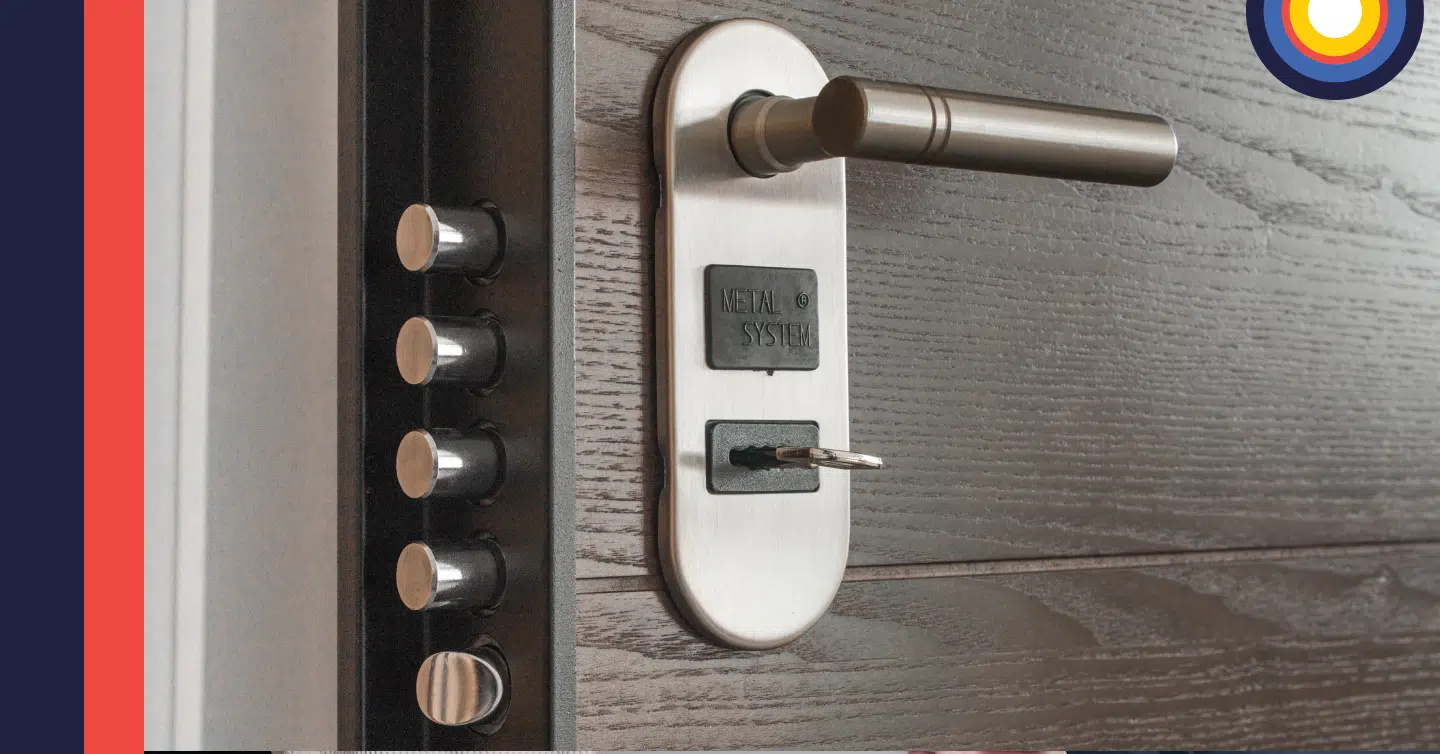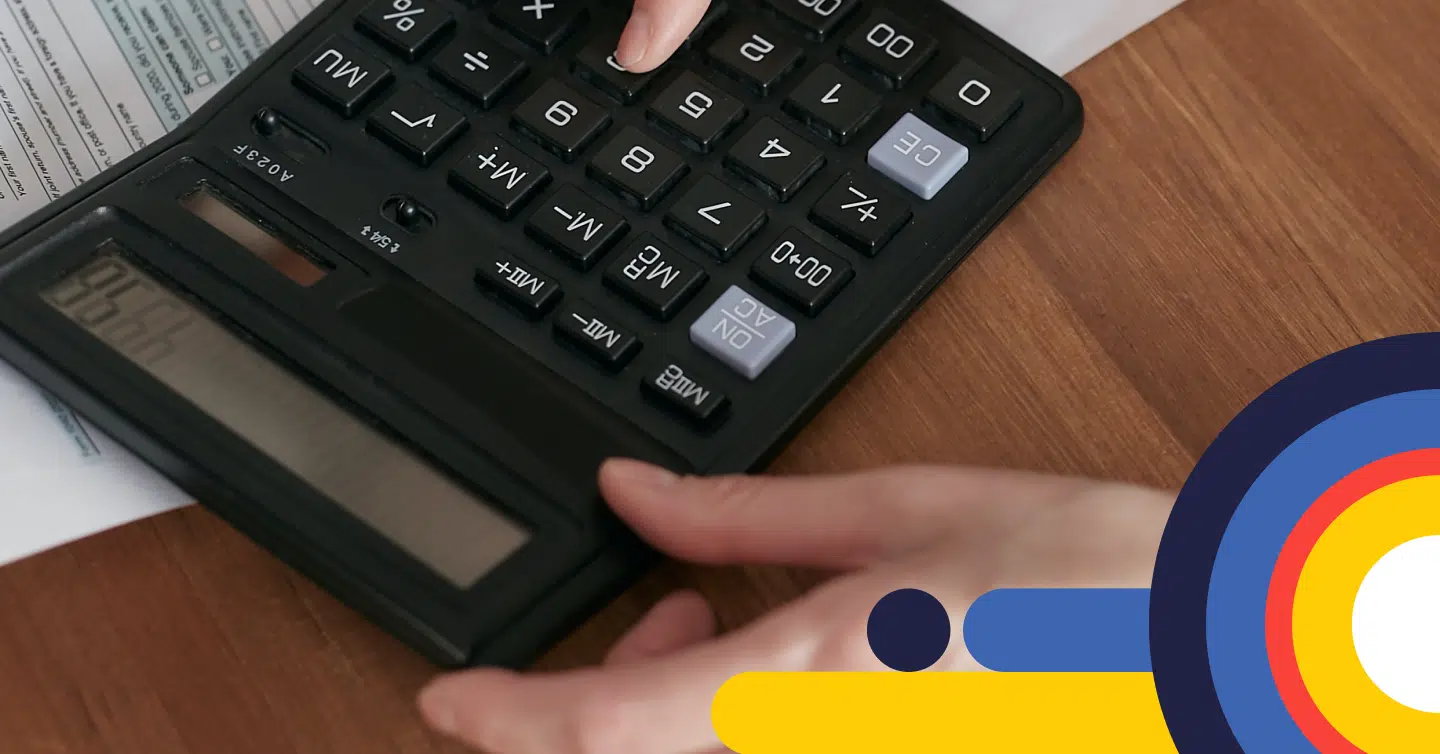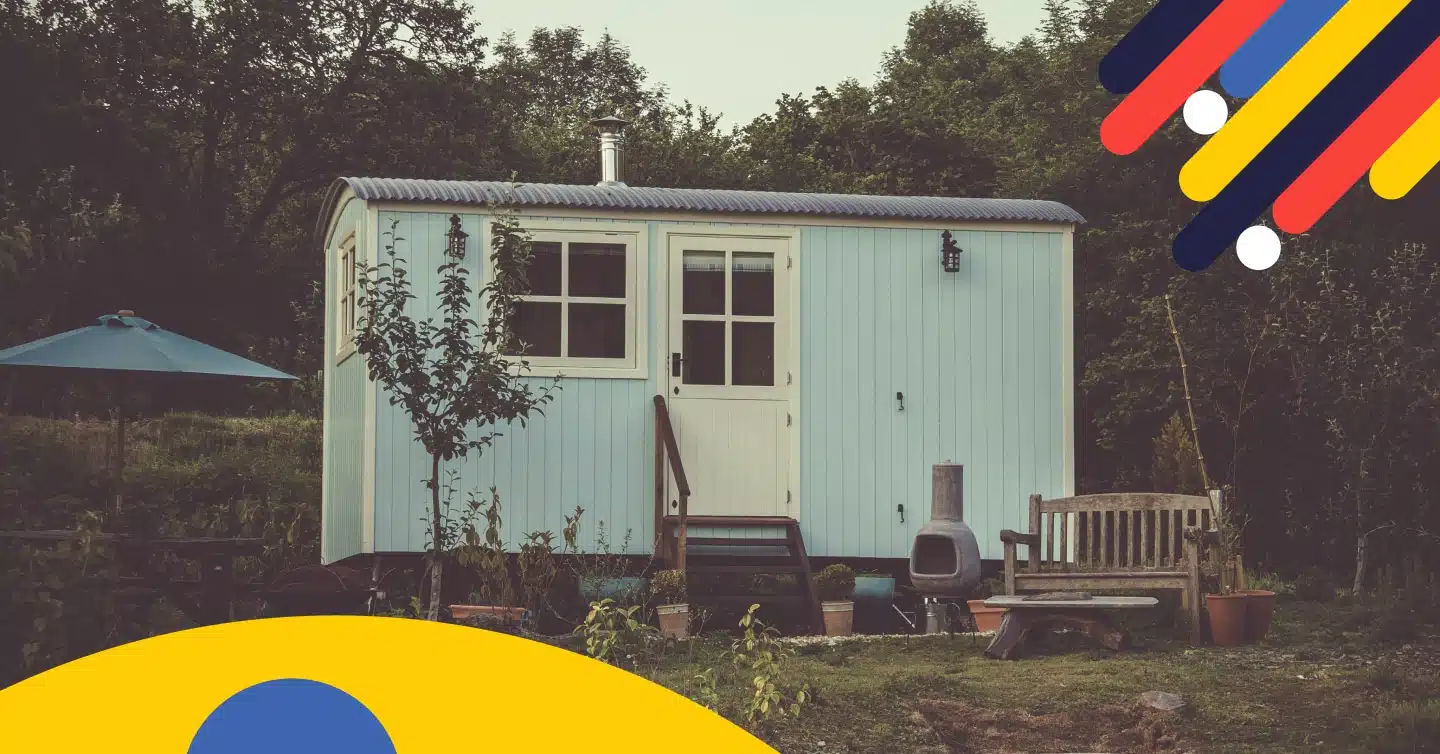20 Safety Measures to Protect Your Home

When it comes to homeownership, protecting your property goes beyond insurance coverage. Home safety begins with proactive planning, and small changes can go a long way in reducing risks such as burglary, fire, flooding, and more.
Whether you’re a new homeowner or looking to upgrade your existing home security, adopting some everyday habits can help you create a safer environment for your family and protect your most valuable investment.
Key Takeaways
- Small upgrades, such as better locks or lighting, can significantly improve home safety.
- Use smart home technology for round-the-clock monitoring and alerts.
- Layer interior and exterior safety features with technology-based monitoring solutions for better protection.
Why Home Safety Matters
Home safety is more than a checklist; it’s a mindset that protects the people and investments that matter most. A secure home can reduce stress, protect against loss, and help prevent physical harm. Whether it’s ensuring your family’s safety from break-ins or exposure to hidden dangers such as carbon monoxide and radon, reducing the risk of house fires, or avoiding costly water damage, prioritizing home safety directly improves quality of life and peace of mind.
In Canada, where seasonal weather extremes, long vacations, and detached homes are common, the risks of property loss and injury can be higher without preventive measures. Implementing the right home safety practices doesn’t just keep your home safe; it also contributes to the physical and mental wellbeing of everyone who lives there.
Indoor Safety Measures
Security should start within your home. While outdoor upgrades help prevent unwanted access, indoor security focuses on reinforcing your home from the inside. These measures focus on monitoring, alert systems, and protecting what matters most: your family, your valuables, and your peace of mind.
Invest in an Alarm System
A monitored or DIY alarm system is one of the most effective ways to deter intruders. Monitored options alert emergency services; DIY systems send instant smartphone alerts. Visible signage adds another layer of deterrence. Choose systems that connect with your smart home for seamless control.
Add Smart Doorbells, Lights, and Sensors
Smart tools, such as doorbell cameras, motion lights, and entry sensors, enhance safety and convenience. These devices connect to your phone for real-time updates, giving you complete control even when you’re away from home. Lights can give the appearance of occupancy, while door/window sensors send alerts when triggered.
Use Deadbolts and Reinforced Strike Plates on Exterior Doors
Exterior doors are a primary target for intruders, and basic locks often aren’t enough to deter them. Replace standard locks with high-quality deadbolts and reinforced strike plates. Solid-core or steel doors also help resist forced entry, delaying break-ins and deterring criminals.
Secure Basement and Ground Level Windows With Locks or Film
Lower-level windows are some of the most vulnerable parts of your home, particularly because they’re out of sight and easily accessible from the outside. Intruders often target basement and ground-floor windows to gain entry quickly and quietly. Install strong locks on lower-level windows and apply shatter-resistant security film to enhance safety. Use window well covers for added safety, especially in homes with kids or pets.
Use Garage Deadbolts or Disable Openers
Garage doors are often a weak point in home security, especially if they’re attached to your home. Criminals can use universal remotes or exploit vulnerabilities in openers to gain access. Use a manual deadbolt or unplug your opener when away. Smart garage systems can provide alerts and remote control access.
Integrate Smoke and CO Detectors in Your Smart Home System
Smart smoke and carbon monoxide detectors do more than just sound an alarm; they communicate with you in real-time. Smart detectors notify you in real-time if smoke or carbon monoxide is detected. Some models can shut down HVAC systems or light evacuation paths during emergencies.
Test Your Home for Radon
Radon is a naturally occurring radioactive gas that can seep into homes through cracks in the foundation, especially in basements and lower levels. It’s colourless and odourless, but long-term exposure is linked to an increased risk of lung cancer.
Health Canada recommends testing with an easy-to-use kit, especially in basements or areas where a high risk of contamination is possible. Identifying and mitigating elevated radon levels can significantly reduce long-term health risks for you and your family.
Put Fire Extinguishers and Fire Blankets in Your Kitchen and Garage
The kitchen and garage are two of the most common areas where household fires start, whether it’s a grease flare-up or a short circuit near power tools. Having a multi-purpose fire extinguisher and a fire blanket within reach in both spaces can help you act quickly before a minor incident becomes a full-blown emergency. Review their use regularly with household members to ensure quick action in an emergency.
Install Water Leak Detectors Near Appliances and in the Basement
Water leaks often go unnoticed until significant damage has already occurred, leading to costly repairs and insurance headaches. Installing leak detectors near high-risk areas, such as dishwashers, washing machines, water heaters, and basements, can alert you early, sometimes even before visible damage occurs. Many models send alerts or shut off water when leaks occur, preventing serious damage.
Install Curtains or Privacy Film
Sheer curtains allow light but also visibility from outside. Use privacy curtains or frosted window film to block prying eyes while maintaining natural light and temperature control. For street-facing homes or basement units, this simple measure not only improves your sense of comfort but also enhances your safety and privacy.
Store Valuables in Fireproof, Waterproof Safes
Secure important items such as documents, jewelry, and backup drives in a safe. Choose one that can be bolted down to prevent removal and is both fire- and water-resistant. Placing your safe in a discreet but accessible location ensures that it’s easy to reach while still keeping your valuables shielded from theft, fire and floods.
Outdoor Safety Measures
The outside of your home is where safety starts. By reinforcing entry points, improving visibility, and reducing hiding spots, you not only deter intruders but also protect your property from damage and neglect. Outdoor safety measures are about being proactive, ensuring that your home is visibly secure and monitored.
Install Motion-Activated and Exterior Lights
Bright, motion-activated lights around doors, driveways, and walkways increase visibility, deterring trespassers and reducing the likelihood of slip and fall injuries after dark.
Install Security Cameras at Key Access Points
Security cameras are an effective tool for deterring theft, monitoring activity 24/7, and capturing evidence in case of an incident. Visible systems with motion recording, night vision, and smartphone notifications reduce theft and offer key footage if needed.
Secure Fencing and Gates
A sturdy fence and a locked gate are basic yet effective ways to define your property boundary and deter trespassing. Use solid fences and secure gates with tamper-resistant latches. Privacy fencing reduces sightlines into your property, making it harder to access and scope out your home.
Place Visible Security Signage Near Entrances
Visible warning signs, such as “24-hour surveillance,” “guard dog on premises,” or branded alarm company decals, are simple yet effective tools in deterring break-ins. They create the impression that your home is actively monitored, even if you don’t have a complete alarm system installed.
Trim Trees and Shrubs to Maintain Clear Sightlines
Overgrown trees and shrubs may add shade and privacy, but they can also create hiding spots near doors, windows, and walkways, making it easier for someone to approach your home undetected. Trim shrubs and trees to eliminate hiding spots. This also keeps your house number visible for emergency services.
Secure Ladders and Tools
Leaving ladders, hammers, or other heavy tools unsecured in the yard or near the garage makes it easier for someone to use your equipment to break into your home. Store them in locked sheds and keep equipment out of sight. This not only reduces the risk of break-ins but also helps keep your yard safer for kids and pets who may come across these items.
Lock Sheds and Outbuildings With Weatherproof Padlocks
Sheds, detached garages, and other outbuildings are often overlooked when it comes to home security. Detached structures often house valuable equipment and are easy targets. Use weatherproof padlocks and extend lighting and camera coverage to these areas.
Keep Walkways Clear of Snow and Ice
Keeping walkways, driveways, and entry steps clear of snow and ice isn’t just a matter of safety; it also signals that the home is occupied. Shovelled paths and salted driveways prevent injuries and signal that the home is occupied, reducing the risk of break-ins.
Don’t Leave Empty Boxes in Your Yard or Driveway
Leaving empty boxes from expensive items, such as TVs, appliances, or electronics, by the curb can be an open invitation to opportunistic thieves. These boxes advertise what’s inside your home and can suggest that there may be more high-value goods worth stealing. Turn them inside-out before bundling or wait until pickup day to put them out discreetly.
Bonus: Travel Safety Tips
Travelling is a time to relax, but it’s also when your home is most vulnerable. Before heading out, do a quick home safety sweep: lock all doors and windows, set timers for indoor lights, and unplug non-essential electronics.
Ask Neighbours to Check Your Home When Travelling
A trusted neighbour can be one of your best security resources when you’re away from home. Ask them to bring in your mail, shovel your walkway, or simply keep an eye out for anything unusual. Their presence and occasional activity around your home can make it look lived-in, which helps deter potential intruders.
Mitigate Risks
Unplugging appliances before you leave reduces the risk of electrical fires or power surges while you’re away. It’s also smart to shut off water to exterior hoses or unused plumbing to avoid frozen pipes or unexpected leaks, especially in winter. Set your thermostat to maintain a safe indoor temperature that prevents freezing without wasting energy.
Seasonal maintenance matters too. Book annual inspections for your furnace, chimney, and water heater to ensure they’re in safe working order, especially if your travel plans overlap with cold months. If you have a monitored security system, notify the provider of your travel dates.
Keep Your Vacation Plans off Social Media
Sharing a vacation countdown or travel photos online may seem harmless, but it can signal to the wrong people that your home is unoccupied. For added security, hold off on sharing vacation details or photos until after you’ve returned. Turn off location tagging and refrain from posting updates in real-time. Taking a low-profile approach online helps ensure your home stays off the radar while you’re away.
Frequently Asked Questions (FAQ) About Home Safety Measures
What are the most effective ways to deter burglars in Canada?
The most effective approach is a combination of visible deterrents, such as lights, cameras, and signage, along with well-secured access points. Criminals tend to avoid homes that appear well-protected or occupied. Neighbourhood watch programs and community engagement can also increase area safety.
Do smart home devices improve safety?
Yes, many smart home devices enhance safety and enable you to receive real-time alerts while continuously monitoring activity. These devices offer both convenience and added peace of mind, especially when integrating home safety features like cameras with life-saving smart home devices, such as fire and carbon monoxide detection systems.
How can I protect my home while away on vacation?
If you plan to be away for an extended period, use smart light timers to control your lighting. Alternatively, consider hiring someone or having a neighbour shovel your driveway or mow your lawn to maintain the appearance of someone being home. Unplug non-essential electronics, turn off the water supply and double-check all locks before leaving.
Final Thoughts
Home safety isn’t something to put off until later; it’s part of the foundation of responsible homeownership. Small upgrades can go a long way toward protecting your home and the people in it. Larger investments in monitoring technology and fire prevention systems offer even greater peace of mind, reducing the likelihood of unexpected losses and enhancing your household’s day-to-day comfort and well-being.
Whether you’re buying your first home or planning updates, our mortgage experts can help you build a strategy that fits your financial goals while supporting the safety, stability, and value of your home for years to come. Contact nesto mortgage experts to explore your options and discover how safety and smart financing can work together.
Why Choose nesto
At nesto, our commission-free mortgage experts, certified in multiple provinces, provide exceptional advice and service that exceeds industry standards. Our mortgage experts are salaried employees who provide impartial guidance on mortgage options tailored to your needs and are evaluated based on client satisfaction and the quality of their advice. nesto aims to transform the mortgage industry by providing honest advice and competitive rates through a 100% digital, transparent, and seamless process.
nesto is on a mission to offer a positive, empowering and transparent property financing experience – simplified from start to finish.
Contact our licensed and knowledgeable mortgage experts to find your best mortgage rate in Canada.
Ready to get started?
In just a few clicks, you can see our current rates. Then apply for your mortgage online in minutes!



